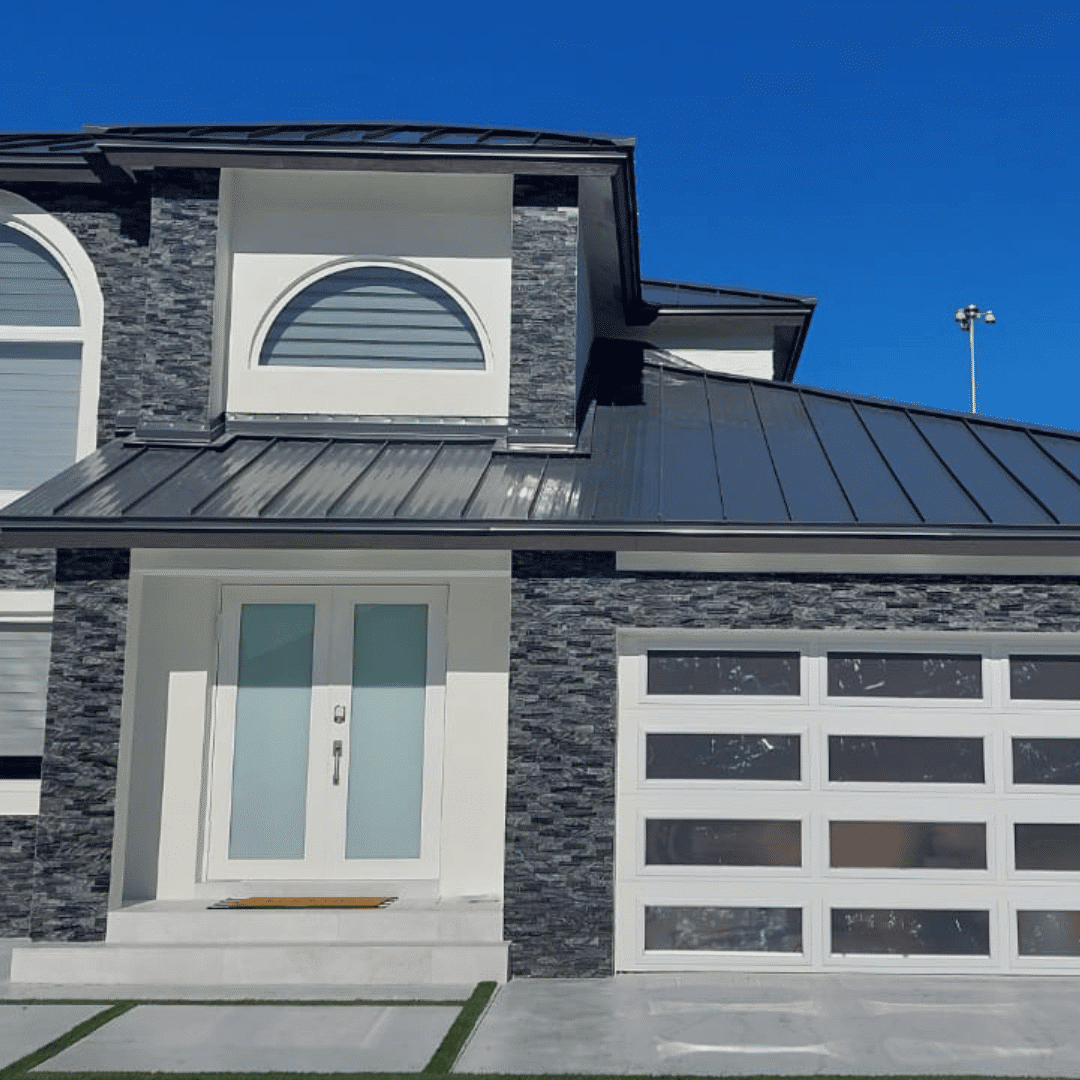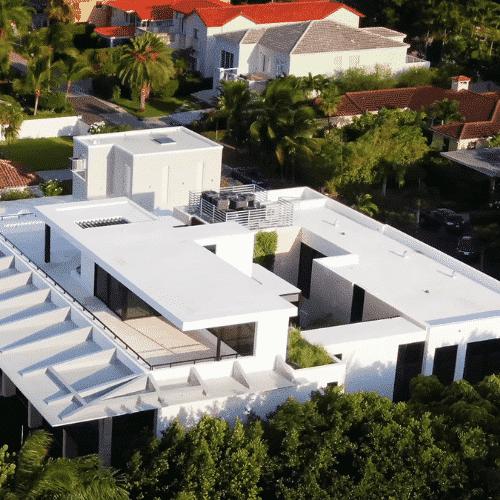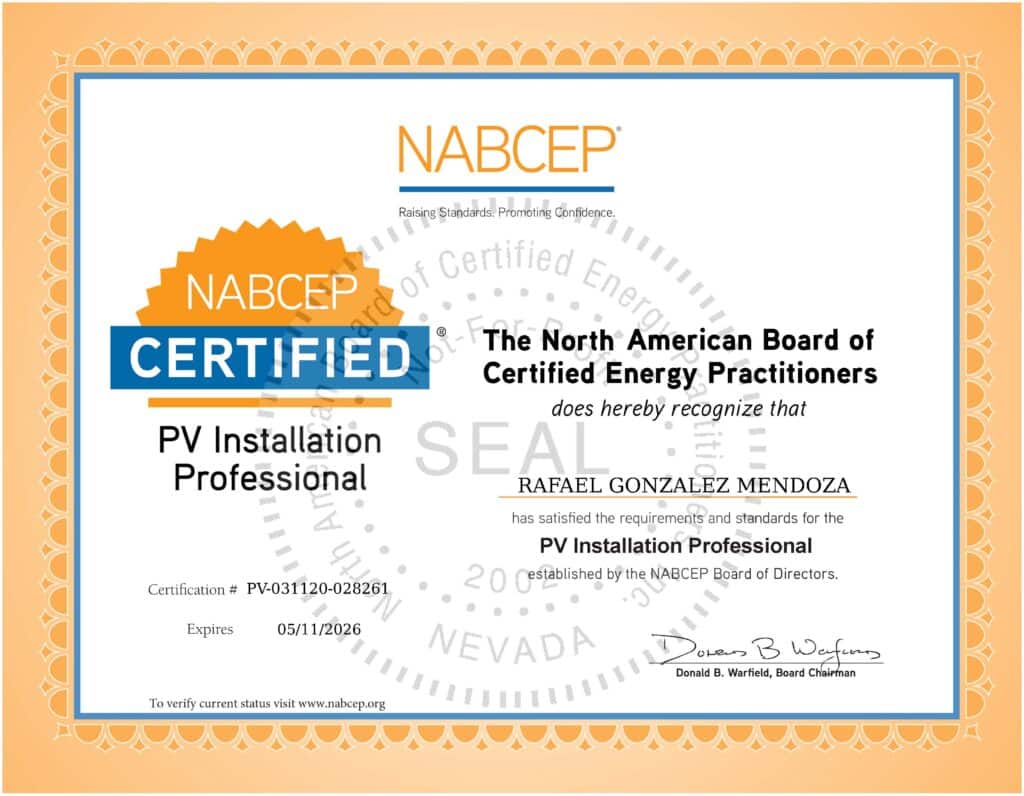
Shingle
American made GAF shingles is by far and away the most reliable and durable shingles on the market. It is the best roof for solar as the solar panels actually protect the shingle membrane.
Dollar for dollar you will receive the best ROI with a new shingle roof plus Solar. Added benefit- use the same company for the roof and solar so only 1 company to work with throughout the life of the Roof and Solar!




